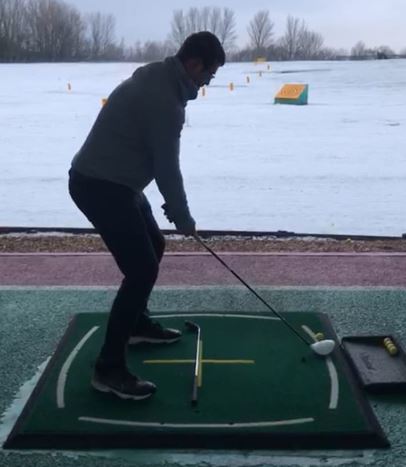Hitting Off Mats Vs Grass – Tips For Each And Differences
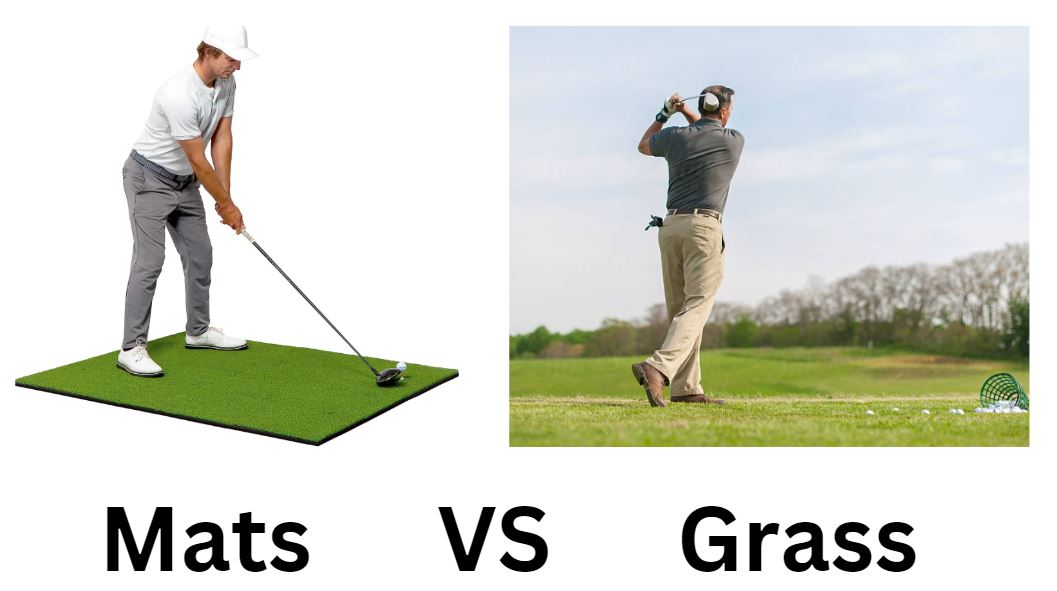
This time of year is a period of golfing flux.
We are transitioning from winter golf toward that beautiful spring season and courses are coming back to life.
At this time we can often show up to the course expecting decent conditions only to find that the winter set-up is still in play.
These days we can be hitting from mats one day and from the grass the next. We also often practice on mats at the range then head out on to grass one the course.
This article will help you transition between the surfaces to try and help you get the best from your game.
A Personal Experience
Practice makes perfect, as they say, and the winter is the time that many golfers head to the range to build a swing for the season ahead.
Dedicated golfers, of which I was once one, can hit thousands of shots in this period and all of this usually from mats.
Mats are a great tool for practicing with and give a weatherproof surface to hit from.
Too many shots from these mats can cause problems though and one year I hit so many shots that my elbows gave in. I had to quit for a while as the mats had given me golfer’s elbow.
How Is Grass Vs Mats Going To Affect Your Shot?
That golfer’s elbow episode is caused by a fundamental difference between mats and grass, mats don’t give divots.
As the club hits turf it can dig into the top layer (or deeper on the bad shots). On mats, if you contact the surface before the ball then the club skids on the artificial turf.
On fat shots, ones where you hit the turf before the ball, you will see the biggest difference.
The clubhead faces a more abrupt force of friction which can slow it down rather than gliding through the turf. It can also, as we’ve seen above, affect the body of the golfer.
Overview Of Hitting From Grass Vs Mats
Clearly there are major differences here.
I am yet to meet a golfer that prefers hitting from a mat than from the grass.
Let’s dig into this a little more by looking at the key differences between the two as well as the advantages and disadvantages of each.
What Are The Key Differences?
As we’ve established, mats don’t give way beneath you as you hit the ball.
They also don’t give way under your feet which can make things different too.
Essentially you are hitting from carpet so you have a perfectly uniform surface to hit from, this can’t be said of grass.
Shot feel is another thing that some may notice. From mats you get a more crisp feeling as the contact can be purer.
They each have their benefits and drawbacks. Nothing beats the real thing but sometimes you have to do what you have to do.
Advantages Of Hitting From Grass
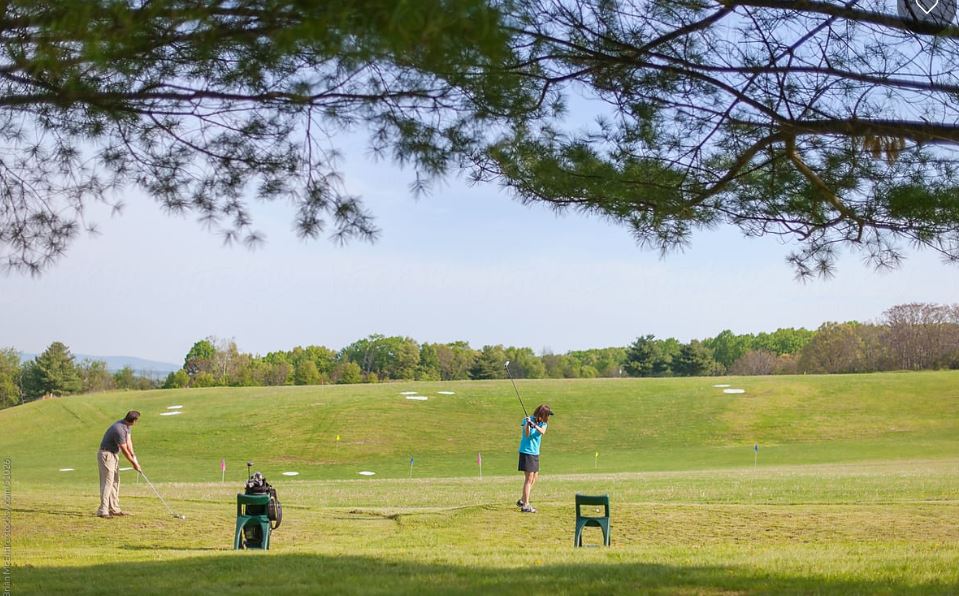
Clearly this is a better surface to practice from in many ways as it is the surface you will be playing from on the course.
Grass is also kinder on the body and the joints. Hitting from mats can certainly put a lot of pressure on the elbows and knees, especially when done in high quantities.
Grass is a natural surface and so you will get subtle differences over every shot. Sometimes unsubtle differences too as the ball lies above or below your feet or even in a divot.
Finally, you can assess your divots on grass to get more feedback on each shot.
Disadvantages Of Hitting From Grass
Depending on where you live, the grass may not be in good condition year round and you can cause long-lasting damage to the turf by hitting during the winter.
You can’t stop practice altogether in this time but grass certainly isn’t a surface you can count on.
Also, the subtle changes in lie mentioned above can bring a disadvantage. If you are working on your swing mechanics then it makes sense to remove variables.
Grass can bring this in droves. Finally, grass ranges can get worn out quick and make it hard for you to practice for long.
Advantages Of Hitting From Mats
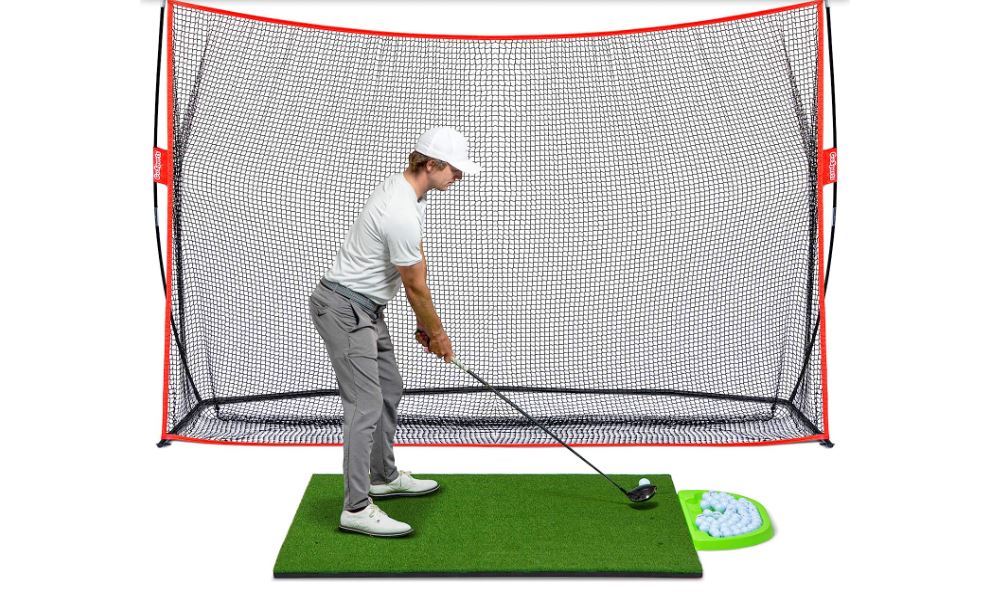
Mats give you two main benefits and both centre around how consistent they are as a hitting surface.
You can practice from mats all year around and the hitting experience never changes. If the course is completely frozen, you know you can still get your work in.
On top of this, mats provide the perfect lie for every shot.
Whilst this doesn’t allow for practice on quirky lies, it is perfect for helping you ingrain new swing mechanics by giving you that consistency and removing other variables while you cement the new move.
Disadvantages Of Hitting From Mats
Practicing from mats too frequently can result in injuries.
A lot of pressure goes through the joints when you hit a ball from the mat with your wrists and knees taking the brunt of this.
Wrists take a lot of punishment at the strike whilst your knees struggle with the restriction that a mat brings.
As you wind up your swing, if you are on a mat your feet tend to be very fixed to the ground and so your knees bear more pressure.
It is very important that if you’re doing a lot of mat practice that you don’t wear golf shoes. This will be a little kinder to your knees.
Will Hitting From Mats Help Or Hinder Your Game?
If you don’t practice very often then hitting from mats should really help your ball striking consistency.
You should be able to make your swing more consistent through mat work and this will ultimately translate to a more consistent game on the course.
Importantly, however, your game requires good short game and other factors to really get good, this is tough from mats.
The best approach to improve your game would be to have an element of mat practice for your full swing with on-course practice to work on your scoring skills.
Grass Vs Mat Practice Range?
Given what I’ve written about above, you would be excused for expecting me to say that I prefer a grass range.
However, you’d be wrong as I think a mat range is probably the best here. Given the section above, the range is where you work on full swing mechanics and mats are best for this.
Grass ranges are great, they look better and they feel nicer to hit from, the problem is that if you are doing any more than a warm up they aren’t ideal.
The turf gets churned up and the quality of your lie gets worse and worse. You end up playing from bare dirt and it just gets unpleasant.
Will Hitting From Mats Damage Your Clubs?
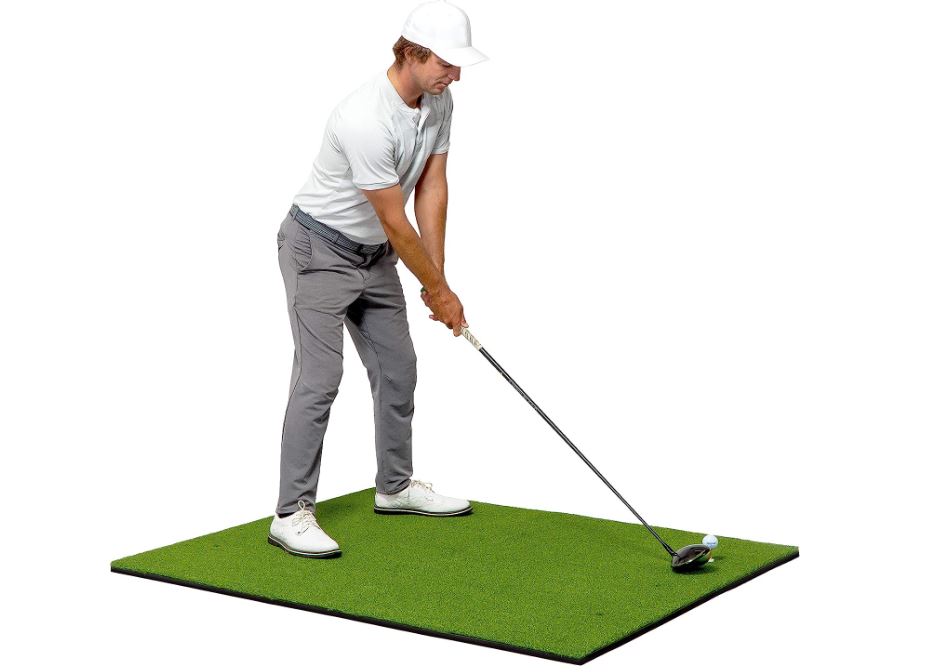
Given the near indestructible surface that is a golf mat, you are more likely to break a club if you hit the ball really fat (strike the surface before the ball).
The turf would give way rather that the shaft on grass in this case. Other than that scenario your clubs will be safe.
You could pick up some plastic from the mat on the sole of your clubs but a bit of soap and water will take this off easily enough. In general your clubs are perfectly safe on mats, don’t worry.
Can I Get Injuries From Hitting Off Mats?
Yes, you are more likely to get an injury from mat practice than from grass practice.
The strain on the joints is much more severe and long practice can lead to repetitive strain injuries.
It is important to limit the amount of long range sessions you put in on the mats to avoid these.
If you’re hitting something in the region of 100-200 balls per week from the mats then that will be fine as a maximum.
Beyond this then you are risking problems. You shouldn’t need to put in much more practice than that anyway, get on the course and get better at actually playing golf.
When To Avoid Practicing Off Mats
- When you could be out on the course
- When you’re knees or wrists are a little sore
- When you’ve already hit a lot of balls from mats recently
When To Avoid Practicing Off Grass
- When you’re doing a prolonged practice session (over 100 balls)
- When the conditions aren’t good ie very wet, very dry or frozen
Conclusion
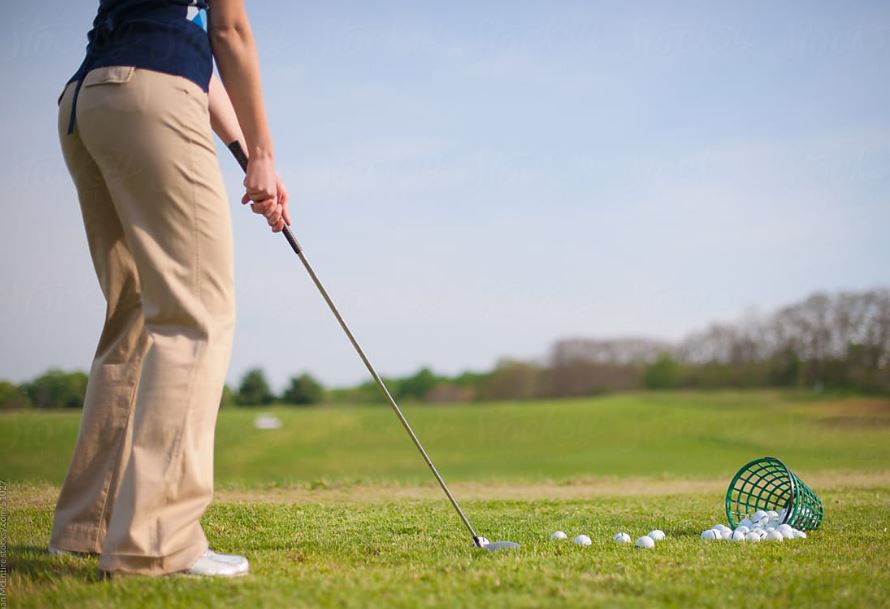
There isn’t a golfer on the planet that doesn’t want to get better.
That statement is true for me, for Scottie Scheffler and, I’m fairly certain for you reading this.
We need to be efficient in how we practice and the most important thing to do is to not get injured.
Pounding ball after ball is not the best way to develop your game but it can help you groove a swing.
Be cautious in your approach on this and as long as you don’t hit thousands of balls then you’ll be fine on mats. Other than that, try to get on the course and learn from there.

